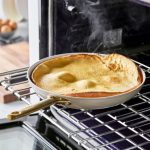Skillet cookware holds a special place in kitchens around the world. This versatile kitchen essential caters to everything from frying eggs for breakfast to sautéing vegetables or making delectable one-pan dinners. However, many home cooks encounter issues that stem from simple mistakes when using skillet cookware. This guide identifies common blunders to avoid, ensuring you achieve optimal results in every dish you prepare. By recognizing and rectifying these mistakes, you elevate your cooking game and enjoy every culinary experience.
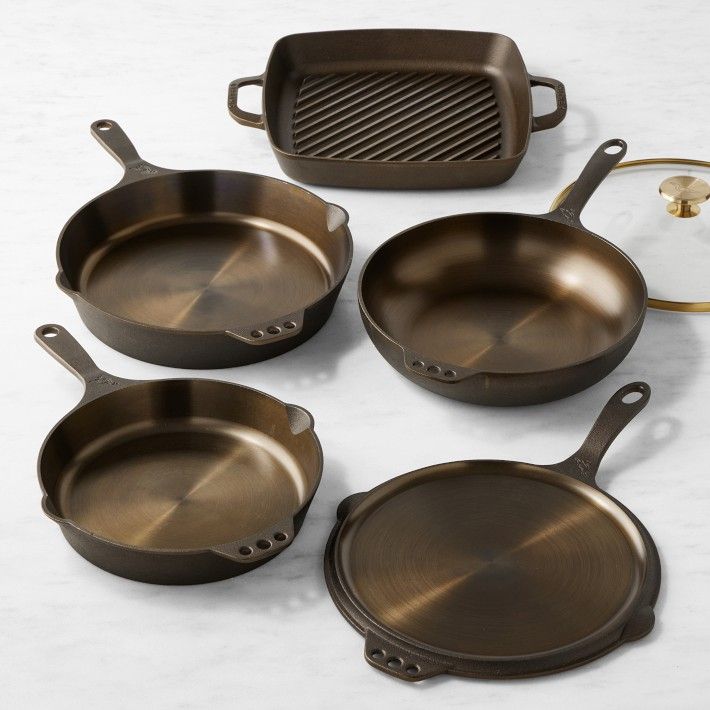
Ignoring the Importance of Preheating Your Skillet
Preheating your skillet ranks as one of the most critical steps in ensuring successful cooking. Many home cooks overlook this foundational practice, impacting the quality of the final dish. Skillets require appropriate heat to allow for proper browning and caramelization. When you place food in a cold skillet, you risk steaming rather than searing, leading to unappealing textures and flavors.
Begin by placing your skillet on the stove over medium or medium-high heat. Allow it to warm for about two to three minutes before adding oil or food. Conduct a quick test by sprinkling a few droplets of water into the skillet; if they sizzle and evaporate promptly, the skillet has reached the correct temperature. Preheating not only creates a better sear but also ensures even cooking throughout the dish.
Remember, this principle applies to different types of skillets, including cast iron, stainless steel, and non-stick varieties. Each skillet may require slightly adjusted preheating times and temperatures. Take note of the unique traits of your cooking equipment to achieve the best results.
Using the Wrong Type of Oil for Your Skillet
Choosing the appropriate cooking oil for your skillet is crucial. Different oils possess varying smoke points, which can affect how your food cooks. A mistake many cooks make is using an oil that burns too quickly or fails to impart desired flavors. For instance, using olive oil at high heat can lead to the oil smoking and imparting a bitter taste to your dish.
Opt for oils with higher smoke points, such as canola, avocado, or grapeseed oil, when searing or frying. These oils tolerate higher temperatures without breaking down. Conversely, you can reserve oils with lower smoke points like extra virgin olive oil for dressings or lower-heat cooking methods. When you select the right oil, you enhance the flavor profile and texture of your dish while preventing the unpleasant sensations of burned oil.
Additionally, consider the flavor that the oil will bring to your dish. Some oils add richness, while others provide a light, subtle taste. Enjoy experimenting with different oils to find what best complements your skillet-cooked recipes.
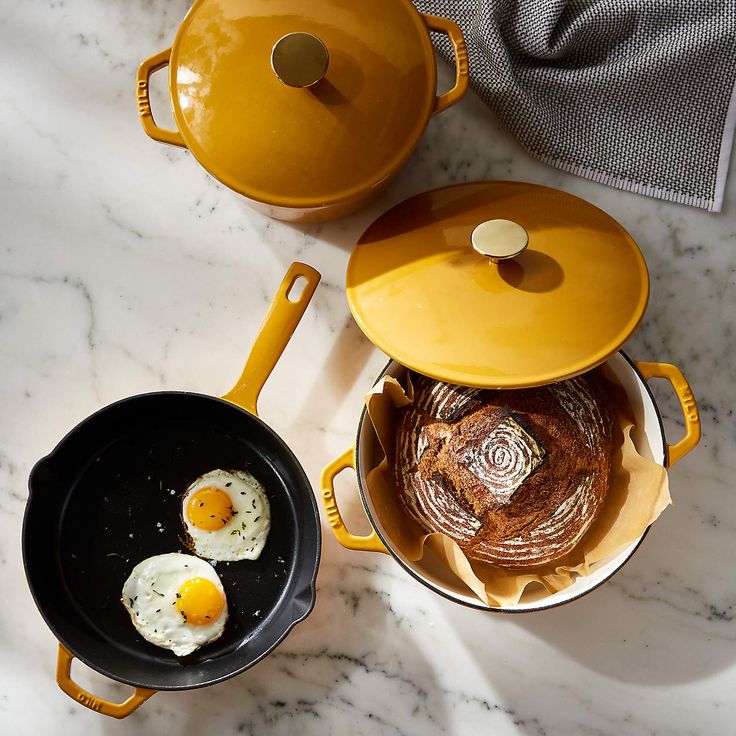
Overcrowding the Skillet: A Recipe for Disaster
One of the common mistakes that home cooks make involves overcrowding the skillet, particularly when sautéing or frying. While it may seem convenient to cook all your ingredients in one go, doing so often leads to uneven cooking and stewing rather than browning. Insufficient space results in too much moisture being released, leaving you with a soggy final product.
To avoid this pitfall, cook in batches or choose a larger skillet to accommodate your ingredients comfortably. For instance, when searing meat, ensure enough space exists in the skillet so that each piece can develop a nice crust. Organize your cooking process: prepare ingredients in advance and tackle them one at a time to maintain control over cooking temperatures and times.
A well-cooked dish reflects thoughtful preparation. Keep in mind that your skillet works best when it has enough room to breathe. Allow flavors to develop and achieve the desired textures by respecting the capacity of your cookware.
Neglecting the Ideal Cooking Temperature
Home cooks often grapple with temperature control when using skillet cookware. Neglecting to adjust the heat appropriately can lead to overcooked or undercooked food. When you first start cooking, assess how quickly your food cooks. Many novice cooks let their pans get too hot, which can result in burnt exteriors and raw interiors.
Managing temperature involves both adjusting the heat on your stovetop and manipulating cooking time. For delicate items, such as fish or vegetables, lower temperatures work better for optimal results. Conversely, for searing meat, don’t hesitate to crank up the heat. Experiment to find the right balance for the specific dish you are preparing.
Furthermore, once your food is almost finished cooking, consider lowering the heat slightly to ensure thorough cooking without burning. This approach helps maintain the integrity of the flavors while achieving even doneness.
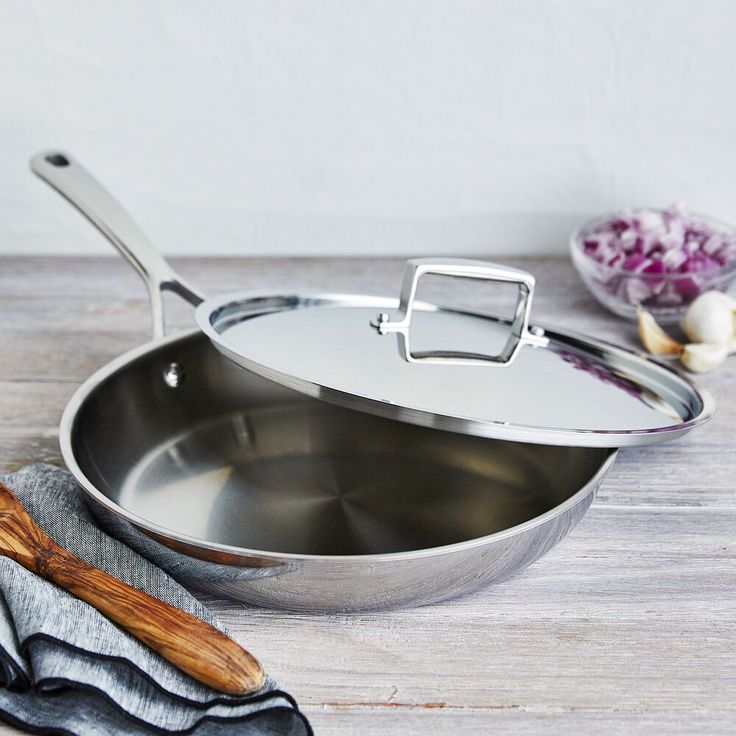
Using Metal Utensils on Non-Stick Skillets
Using metal utensils in non-stick skillets is another common mistake that can significantly reduce the lifespan of your cookware. Many cooks mistakenly reach for metal spatulas rather than opting for silicone, wooden, or plastic options. Doing so can scratch the non-stick surface and compromise its effectiveness.
Choose utensils designed specifically for non-stick cookware to preserve its coating. Silicone utensils allow for efficient stirring or flipping without damaging the surface. Investing in high-quality tools protects your pans and enhances your cooking experience.
Additionally, lifting your non-stick skillet with care prevents it from developing scratches. Always avoid stacking other cookware on top of non-stick pans unless separated by protective layers. By prioritizing the protection of your non-stick skillet, you ensure it remains in excellent condition for years.
Skipping the Cleaning and Care Routine
Proper cleaning and maintenance directly impact the longevity of your skillet cookware. Failing to clean your skillets right after use can lead to the buildup of residues that alter flavors and create sticking issues. Many cooks make the mistake of placing their skillets in the dishwasher or leaving them unattended overnight, which often results in stubborn stuck-on food.
Always follow the manufacturer’s cleaning recommendations for each type of skillet. For cast iron, avoid soaking in water; instead, use a soft brush and minimal soap. Rinse and dry the skillet thoroughly, then apply a thin layer of oil to maintain its seasoning. For stainless steel and non-stick skillets, gentle soaps and nylon pads usually suffice for cleaning.
In addition to regular cleaning, ensure you store your skillets correctly. Use pot protectors or cloths between stacking to prevent scratches. Hang skillets on wall racks for easy access and storage. A well-cared-for skillet not only performs better but also enhances the beauty of your kitchen.
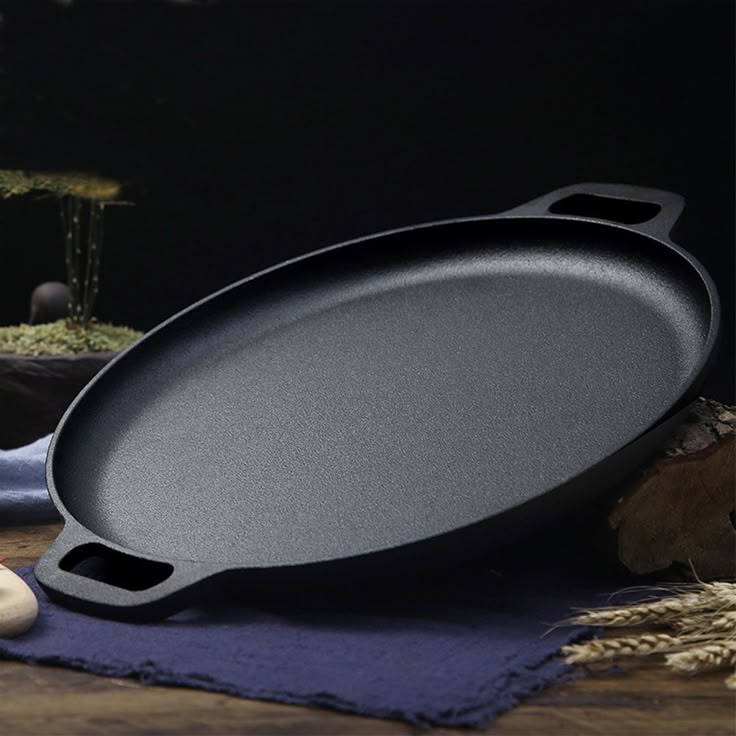
Ignoring the Role of a Range Hood
Many people overlook the impact of a range hood when using skillet cookware. The absence of adequate ventilation worsens smoke and odors, especially when cooking high-fat foods or frying. Without proper airflow, lingering smells can permeate your kitchen and home, creating an unpleasant atmosphere.
Installing a high-quality range hood plays a crucial role in ensuring ventilation throughout the cooking process. Prioritize a fan that effectively extracts smoke and grease particles, keeping your kitchen fresh. Proper installation allows for efficient air circulation, minimizing humidity and odor build-up.
Additionally, consider using your range hood every time you cook, whether making a simple omelet or a full-course dinner. Not only does this improve your cooking experience, but it also contributes to the longevity of your cooking appliances. An effective range hood enhances kitchen functionality, elevating your overall culinary experience.
Disregarding Safety Precautions When Cooking
When using skillet cookware, safety should remain a top priority. Many novice cooks neglect essential precautions that can lead to accidents or injuries. Always use pot holders or oven mitts when handling hot skillets to prevent burns. Skillets can retain heat even after being removed from the stovetop, so practice caution when placing them down on countertops.
Moreover, maintain a clutter-free cooking space. Keep other utensils and ingredients neatly organized to reduce the risk of accidents. Hot grease splatters can lead to dangerous burns, so try to contain them by not overcrowding your skillet while cooking.
Additionally, ensure that your floor remains clean and free of obstructions. Spills can create dangerous situations, particularly when hurrying to stir or flip food. Incorporating safety into your cooking routine enhances your overall enjoyment while minimizing any stress or anxiety.
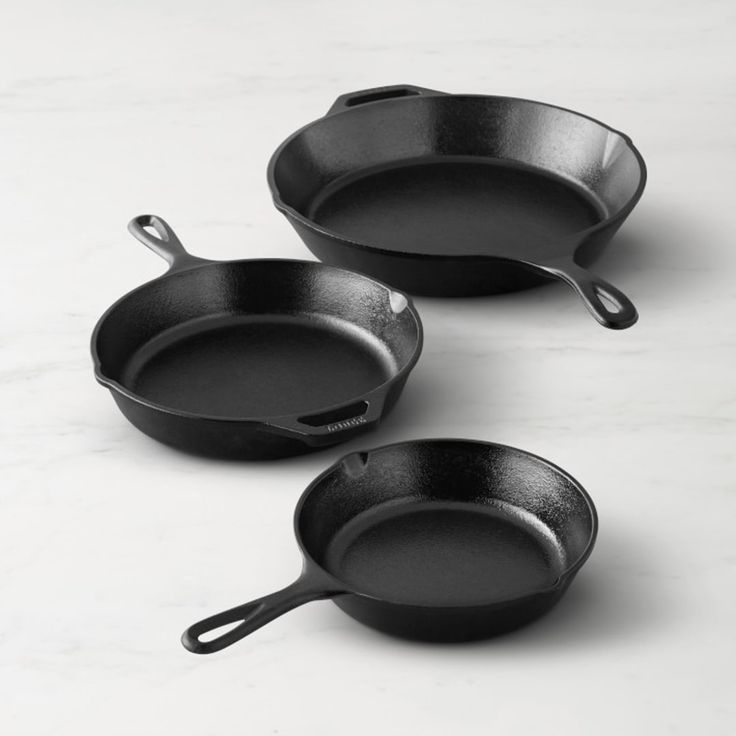
Conclusion: Elevating Your Cooking Experience with Skillet Cookware
Avoiding these common mistakes can significantly elevate your cooking experience with skillet cookware. Each error stems from either neglecting essential practices or simply overlooking critical aspects of the cooking process. By prioritizing preheating, choosing the right oils, avoiding overcrowding, and maintaining proper temperature control, you pave the way for successful dishes every time.
Invest in quality utensils that cater to your specific cookware types and develop a thorough cleaning and care routine to preserve the effectiveness of your skillets. Incorporate proper ventilation with a functional range hood, ensuring you maintain a fresh kitchen atmosphere during cooking. Always prioritize your safety to create an enjoyable cooking experience.
Mastering the art of skillet cooking is achievable with the right knowledge and practices. As you refine your skills, embrace creativity in the kitchen and enjoy crafting delectable meals that impress family and friends alike. Your skillet will soon become your favorite cooking companion, transforming everyday ingredients into memorable culinary creations.
